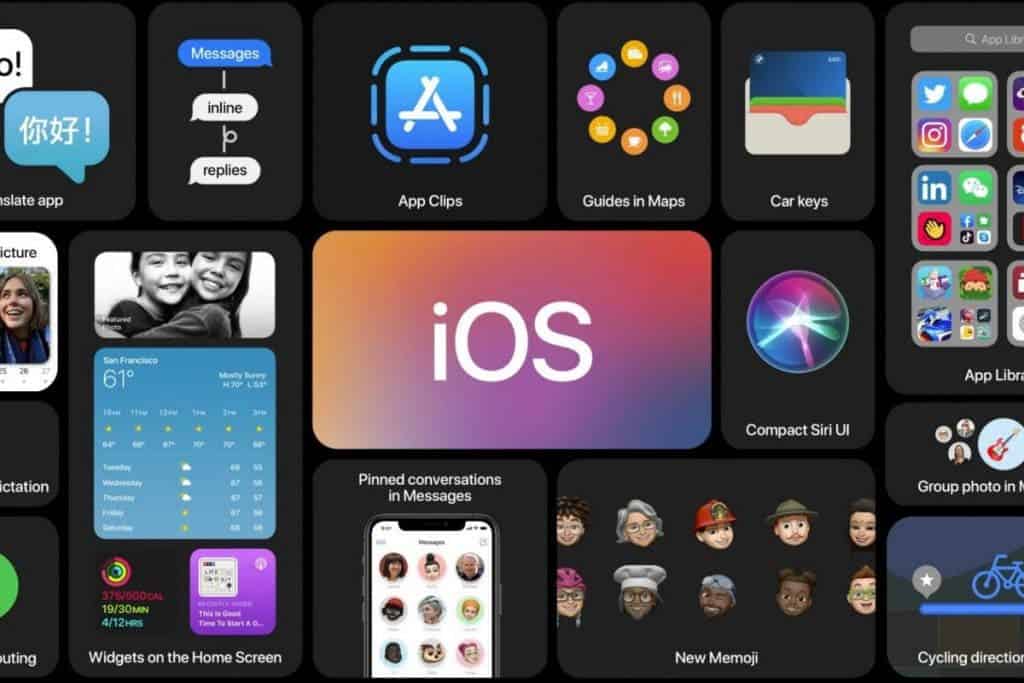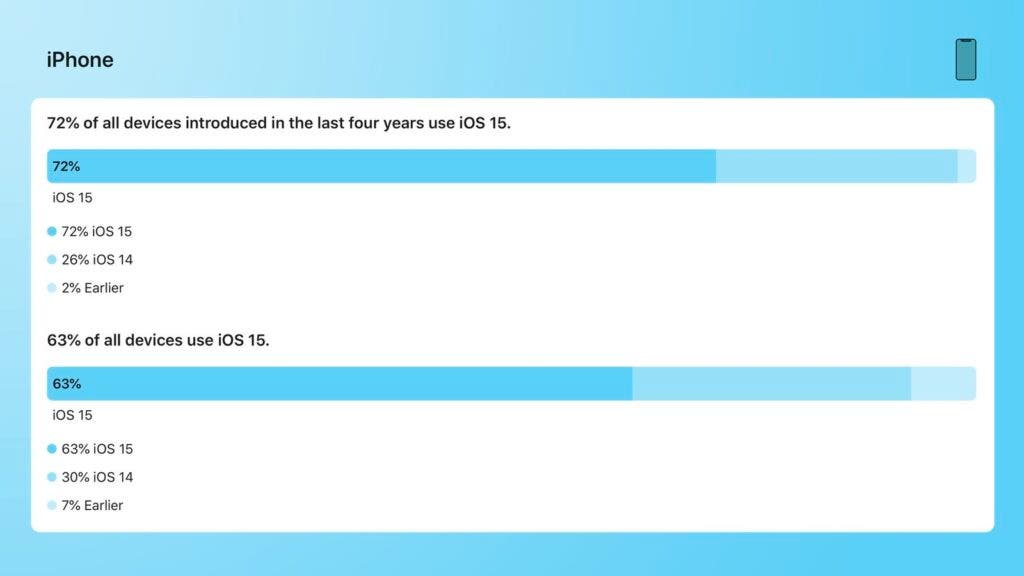The upgrade rate of iOS 15 is not very high and this is obviously unbearable for Apple. To this end, the company is taking some drastic measures. Apple’s patience with those who shy away from iOS 15 seems to have dwindled over the past few months. The company is now pushing iOS 14 users to update their devices. On smartphones running iOS 14, iOS 15 updates are no longer a footnote at the bottom of the “Software Updates” section. One drastic measure Apple is taking is that it is no longer releasing iOS 14 security updates.

This week Apple released an update to iOS 15. Unlike the past, this time they have no option to re-launch to stay on iOS 14. In other words, they are forcing users to upgrade to iOS 15. For example, Apple released iOS 14.8.1 with security updates in October. On iPhones still running iOS 14.8, the update to iOS 14.8.1 is no longer available, and Apple only offers iOS 15.2.1 as an installation option. iOS 15 is available on all devices capable of running iOS 14, and removing the option to stay on iOS 14 may spur people to upgrade.
iOS 15 installation is worse than iOS 13 and iOS 14
Since the official announcement of iOS 15, millions of iPhone users have upgraded to this new system. Apple announced the data on the number of installations of iOS 15 for the first time. The results show that among the iPhone models launched in the last four years, the current share of iOS 15 is 72%. Furthermore, the share of iOS 14 is 26% and the remaining 2% is for an older system. If you include models released four years ago, iOS 15 has a 63% share of all-device installations. In addition, the iOS 14 currently has 30% while the remaining 7% are sticking with older versions.

The proportion of iPadOS 15 is even lower, with a device share of 57%. For devices within the last four years, it has a share of only 49%. In terms of actual performance on the device, iOS 15 comes with more upgrades than its predecessor. However, in terms of installation performance, the iOS 15 actually performs worse than iOS 13 and iOS 14.
In December 2020, the four-year device install ratio of iOS 14 was as high as 81%. Furthermore, in January 2020, the iOS 13 was also 77%. However, perhaps unhappy with the performance of iOS 15, Apple seems to have taken steps. In the early stage of the official version of iOS 15, it is only an optional update, in other words, users can still choose between iOS 14/15. However, Apple has stopped iOS 14 security updates. Thus, if users want to get bug fixes and a better system, they must upgrade to iOS 15.







